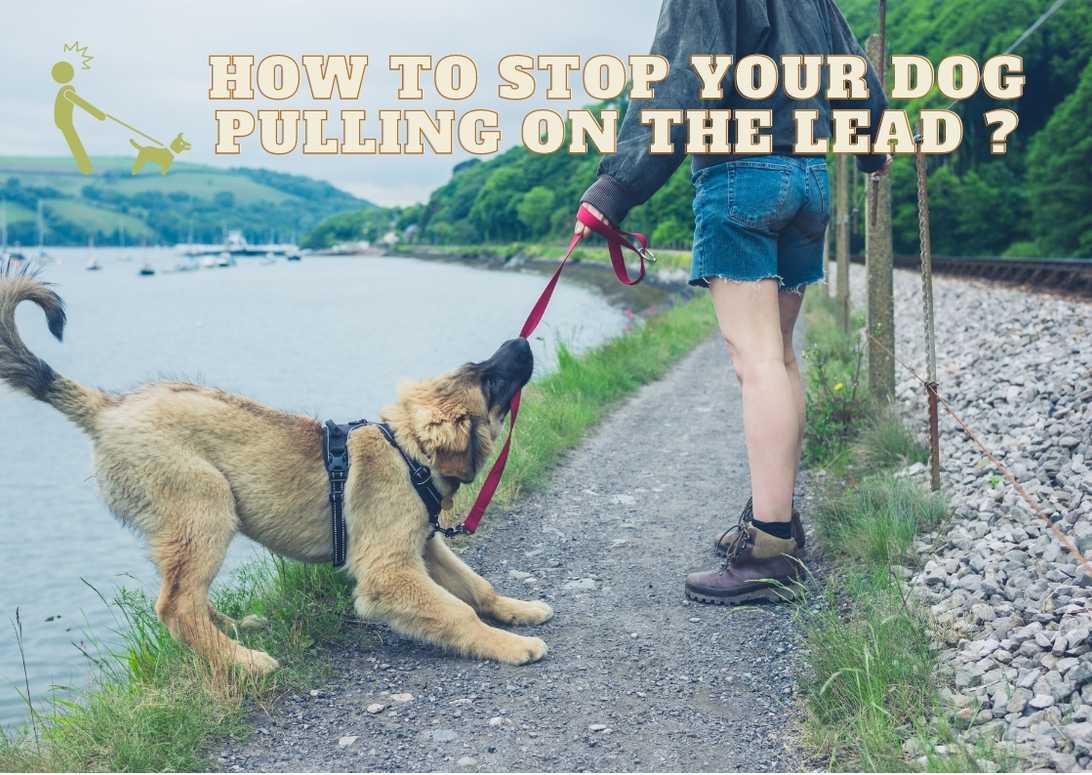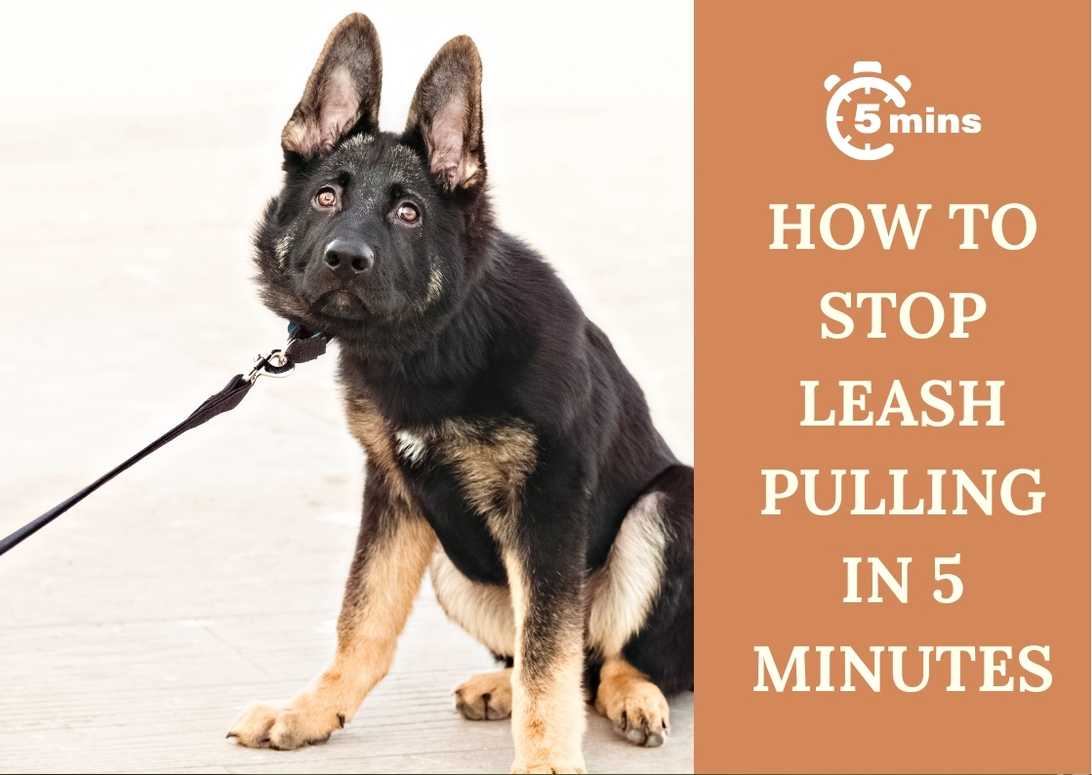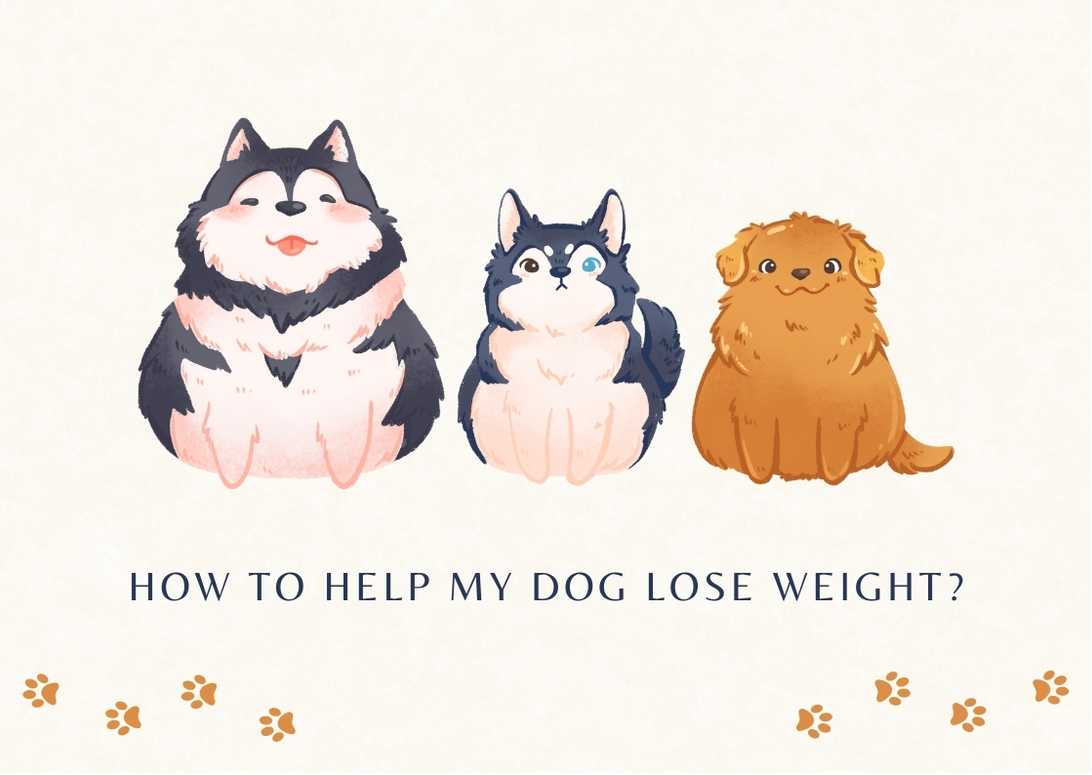How To Stop Your Dog Pulling On The Lead
Are you tired of constantly struggling with your dog’s leash during walks? I know the feeling all too well. It can be frustrating and even unsafe when our furry friends keep pulling on the lead.
But fear not, because I have some effective techniques to share with you that will help teach your dog to walk calmly beside you with a loose lead.
In this article, I will guide you through step-by-step methods that have proven successful in preventing pulling. By simply stopping when the lead tightens and rewarding your dog for walking at a reasonable pace, you can put an end to the constant tugging and enjoy peaceful walks together.
We’ll also explore how reward-based training, slowing down walks, using treats as lures, and encouraging loose lead walking can make a huge difference in your dog’s behavior.
So grab your leash and let’s get started on our journey towards stress-free walks!
Important Points
- Using body harnesses instead of collars can discourage pulling.
- Clicker training and reward-based methods can reinforce good leash manners.
- Stopping when the lead tightens and rewarding calm walking can prevent pulling.
- Distraction training can redirect a dog’s attention away from triggers.
Preventing Pulling
If you want to put an end to your dog’s pulling on the lead, start by teaching them that walking next to you with a loose lead means they get to move forward, but pulling means they don’t. One effective method is using body harnesses instead of collars. These harnesses distribute the pressure more evenly across your dog’s body and discourage pulling.
Additionally, clicker training can be helpful in teaching your dog proper leash manners. By using a clicker to mark good behavior and rewarding them with treats or praise, you can reinforce the idea that walking nicely on a loose lead is desirable.
Leash training techniques also play a crucial role in preventing pulling. Instead of allowing your dog to pull ahead, simply stop whenever they start tugging on the leash. This sends the message that pulling does not lead to forward movement. You can then lure them back to your side with a piece of food and reward them when they walk calmly beside you again.
Distraction training methods can also be effective in redirecting their attention away from distractions that may trigger pulling.
Incorporating professional dog training programs into your journey can provide additional guidance and support for both you and your furry friend. These programs often offer structured lessons and expert advice tailored to address specific behavioral issues like leash pulling. By combining these techniques and approaches, you can help your dog understand that walking politely on a loose lead is rewarding for both of you without relying solely on steps-based reward training methods.
Reward-Based Training
When using reward-based training, you can motivate your pup to walk calmly on a leash by offering treats and praise for walking at a reasonable pace or ignoring tempting scents. Did you know that studies have shown that positive reinforcement methods are more effective in teaching dogs new behaviors? By using positive reinforcement, such as treats and praise, you can encourage your dog to associate walking calmly on a leash with something positive. This will help them understand that pulling on the lead doesn’t get them what they want, but walking nicely does.
To effectively implement reward-based training, consider incorporating clicker training into your leash manners routine. Clicker training involves using a small device that makes a distinct clicking sound when pressed to mark desired behaviors. Pairing this sound with rewards like treats can help reinforce good leash manners and make the learning process more enjoyable for your dog.
Additionally, distraction training is crucial in teaching your dog to focus on you during walks. Gradually introduce distractions such as other dogs or enticing scents while practicing loose-leash walking and reward your pup for maintaining their attention on you.
Consistency in training is key when working on stopping your dog from pulling on the lead. Be sure to apply the same principles each time you go for a walk so that your dog understands what is expected of them. Remember to always use positive reinforcement methods, stay patient, and be consistent in rewarding desirable behavior.
Now let’s transition into the next section about slowing down walks without abruptly changing topics.
Slowing Down Walks
To make your walks more enjoyable and relaxed, try encouraging your furry companion to take it easy and savor the surroundings. Regular exercise is important for dogs to maintain their physical and mental well-being. Going for walks not only provides them with necessary physical activity but also allows them to explore their environment, encounter new scents, and satisfy their curiosity.
By slowing down the pace of your walks, you can create a more leisurely experience for both you and your dog.
Leash training plays a crucial role in teaching your dog proper leash manners and promoting better control during walks. It helps establish boundaries and teaches them that pulling on the lead won’t get them where they want to go. Using techniques such as stopping when the lead tightens or luring them back to your side with a treat can aid in building good leash manners. Additionally, it’s essential to remain consistent in reinforcing these behaviors by rewarding your dog whenever they walk at a reasonable pace or ignore distractions.
As you embark on leisurely walks with your dog, it’s inevitable that you may encounter various distractions along the way. Whether it’s other animals, enticing smells, or interesting sights, these distractions can tempt your dog to pull or become overexcited. Building trust and communication with your furry friend is key in managing these situations effectively. Taking the time to practice obedience commands during walks can help redirect their attention back to you and reinforce positive behavior. By incorporating these techniques into your walking routine, you’ll be able to establish better control over the lead while creating a stronger bond with your canine companion.
Transitioning into the next section about using treats as lures, we can further enhance our communication with our dogs during walks by incorporating positive reinforcement techniques into our training sessions without relying solely on treats as rewards.
Using Treats as Lures
By incorporating treats as lures, I can captivate my furry companion’s attention and guide them towards better leash manners. It’s important to find treat alternatives that are enticing for my dog. Some dogs may be motivated by traditional treats like small pieces of chicken or cheese, while others may prefer toys or playtime as a reward. Experimenting with different options will help me find what works best for my dog.
Timing rewards is crucial when using treats as lures. I need to make sure to give the treat immediately after my dog exhibits the desired behavior, such as walking calmly beside me without pulling on the lead. This positive reinforcement helps reinforce good leash manners and encourages my dog to continue behaving well on walks. Additionally, using toys can also be effective in redirecting my dog’s attention and keeping them focused on me during our walks.
Gradual leash training is key in teaching my dog not to pull on the lead. I start by rewarding any small improvements, such as slightly loosening tension in the lead or taking a few steps without pulling. Over time, I gradually increase the criteria for earning rewards until eventually, my goal is for my dog to walk nicely on a loose lead without any pulling at all.
By incorporating treats as lures and using positive reinforcement techniques like timing rewards and using toys, I can effectively teach my dog not to pull on the lead. These methods of training require patience and consistency but will ultimately result in better leash manners for both myself and my furry friend.
Now let’s move on to how we can encourage loose lead walking without relying solely on treats or toys.
Encouraging Loose Lead Walking
Walking with a loose lead is like dancing with your dog, effortlessly gliding together in perfect harmony. It’s all about teaching leash manners and using positive reinforcement to encourage your furry friend to walk calmly by your side.
One effective technique is to use distraction techniques when you notice your dog starting to pull on the leash. For example, you can carry treats or toys that capture their attention and redirect their focus back to you. By rewarding them for walking nicely beside you, they’ll quickly learn that pulling doesn’t get them anywhere, but staying close earns praise and rewards.
In addition to distraction techniques, paying attention to body language cues can also help in achieving loose lead walking. If you sense that your dog’s getting too excited or anxious during the walk, try using calming signals such as slowing down your pace or changing direction. This can help them refocus their energy and ultimately prevent pulling on the leash.
Furthermore, there are various leash training tools available that can assist in teaching your dog proper leash manners, such as no-pull harnesses or head halters. These tools provide gentle control without causing harm or discomfort.
As we continue our journey towards better leash manners, consistency and patience play crucial roles in our success. Transitioning into the next section about consistency and patience involves understanding that it takes time for dogs to learn new behaviors. By consistently reinforcing good behavior and remaining patient throughout the process, we can gradually teach our dogs how enjoyable it is to walk beside us with a loose lead.
Consistency and Patience
As we journey towards better leash manners, it’s essential to maintain consistency and patience in teaching our furry friends the art of loose lead walking. Here are some key techniques that can help us achieve this goal:
Training Techniques: Utilize positive reinforcement during training sessions to reward your dog for walking with a loose lead. This could involve offering treats or verbal praise whenever they maintain a relaxed pace by your side. Consistent training methods are crucial in order for your dog to understand what is expected of them.
Leash Management: Properly manage the length and tension of the leash when walking your dog. Keep the lead loose and avoid any sudden tugs or jerks that may cause discomfort or confusion for your pet. By maintaining control over the leash, you can effectively guide your dog’s movements and prevent pulling behavior.
Distraction Techniques: Dogs are naturally curious creatures, so it’s important to anticipate potential distractions during walks and have strategies in place to redirect their attention back to you. For instance, if your dog starts pulling towards an enticing scent or sight, use commands like ‘leave it’ or ‘heel’ coupled with positive reinforcement to regain their focus on walking calmly by your side.
By consistently implementing these training techniques, practicing proper leash management, using positive reinforcement, and employing distraction techniques when necessary, we can teach our dogs how to walk politely on a loose lead. However, it’s also important to be aware of common mistakes that may hinder our progress in this area…
Common Mistakes
Let’s take a moment to explore some common mistakes that can make leash training more challenging. One mistake is improper reward timing. It’s important to reward your dog at the right moment when they’re exhibiting the desired behavior of walking calmly without pulling on the lead.
If you wait too long or give them a treat when they’re already pulling, it can confuse them and reinforce the wrong behavior.
Another mistake is not using proper leash techniques. Pulling back on the leash or jerking it can actually encourage your dog to pull even harder. Instead, try using gentle pressure and release when your dog starts to pull.
This will teach them that pulling doesn’t get them anywhere and only by staying close to you with a loose lead will they be able to move forward.
Distraction management is also crucial in preventing your dog from pulling on the lead. If there are tempting distractions such as other dogs or squirrels, it’s important to redirect their attention back to you before they start pulling.
Use treats or toys as rewards for focusing on you instead of giving in to their impulses.
Leash length is another factor that can contribute to pulling. If the leash is too long, your dog may feel more freedom and be more inclined to pull ahead. On the other hand, if the leash is too short, it may restrict their movement and cause frustration which could result in pulling as well.
Finding the right balance in leash length can greatly help in preventing pulling.
Lastly, paying attention to your body language signals is essential during leash training. Dogs are highly perceptive of our body language, so if we tense up or become anxious when our dogs start pulling, they may interpret it as a sign of danger or excitement which could further reinforce their pulling behavior.
Stay calm and relaxed while walking with your dog, sending them signals that everything is under control.
By avoiding these common mistakes and implementing effective techniques such as proper reward timing, using gentle pressure on the leash, managing distractions, finding the right leash length, and conveying calm body language signals, you can make leash training a more successful and enjoyable experience for both you and your dog.
Frequently Asked Questions
What should I do if my dog refuses to walk beside me and constantly pulls on the lead?
When my dog refuses to walk beside me and constantly pulls on the lead, I use training techniques for leash walking. Consistency is key in leash training, and I reinforce loose leash walking with positive rewards. I also avoid common mistakes and consider seeking professional help for leash pulling issues.
Can I use a choke or prong collar to stop my dog from pulling on the lead?
Using choke or prong collars to stop your dog from pulling on the lead may seem tempting, but it’s not recommended. Instead, focus on positive reinforcement and consider using body harnesses or leash training techniques for better results.
How long does it usually take for a dog to learn how to walk on a loose lead?
It typically takes a few weeks to a few months for a dog to learn loose lead walking. Effective reinforcement techniques include rewarding your dog with treats and praise when they walk calmly by your side. Breed differences may affect learning speed, with some breeds picking it up faster than others. To handle pulling when encountering distractions like squirrels, stop walking and redirect your dog’s attention back to you using treats or toys. In busy urban environments, practice loose lead walking in quieter areas first before gradually increasing the level of distractions and challenges.
Is it normal for my dog to get distracted and start pulling when we encounter other dogs or people during walks?
Yes, it is normal for dogs to get distracted and start pulling when encountering other dogs or people during walks. To manage leash pulling, use positive reinforcement techniques like rewarding calm behavior and seeking professional help if needed.
What should I do if my dog starts pulling on the lead even after I’ve tried all the training techniques mentioned in the article?
If my dog continues to pull on the leash despite trying various training techniques, I may need to address leash reactivity. I could explore alternative methods using positive reinforcement or consider seeking professional help for guidance. Additionally, experimenting with different equipment and managing the environment can also be helpful.
Conclusion
In conclusion, teaching your dog to walk calmly beside you with a loose lead is a breeze! Just kidding. It’s actually one of the most challenging tasks you’ll face as a dog owner. But fear not, because with patience and consistency, you can conquer this uphill battle.
Remember, it’s all about prevention. By stopping when the lead tightens and rewarding your dog for walking nicely, you’re on the right track. And don’t forget about reward-based training – it’s like trying to teach calculus to a goldfish, but hey, anything’s possible!
Slowing down walks can also help. Take leisurely strolls as if you have all the time in the world. Your dog will surely appreciate your snail-like pace while secretly plotting ways to drag you into the nearest squirrel chase.
Using treats as lures can be quite effective too. Think of yourself as a master chef crafting gourmet delicacies for your four-legged companion. With each step they take without pulling, reward them with heavenly bites that make their taste buds dance with joy.
And let’s not forget about encouraging loose lead walking. Pretend you’re leading some kind of cult where followers walk in perfect harmony behind their leader – that leader being you and your pooch following suit in an eerily synchronized manner.
Lastly, be consistent and patient – two words that are easier said than done. Remember that Rome wasn’t built in a day (or even 100 days for that matter). So keep at it, because sooner or later your pup will realize that pulling on the lead is so last season.
So there you have it – our ironic guide to ending the eternal struggle of leash pulling. Good luck on your journey to peaceful walks and may your arm muscles find solace in this newfound victory!








